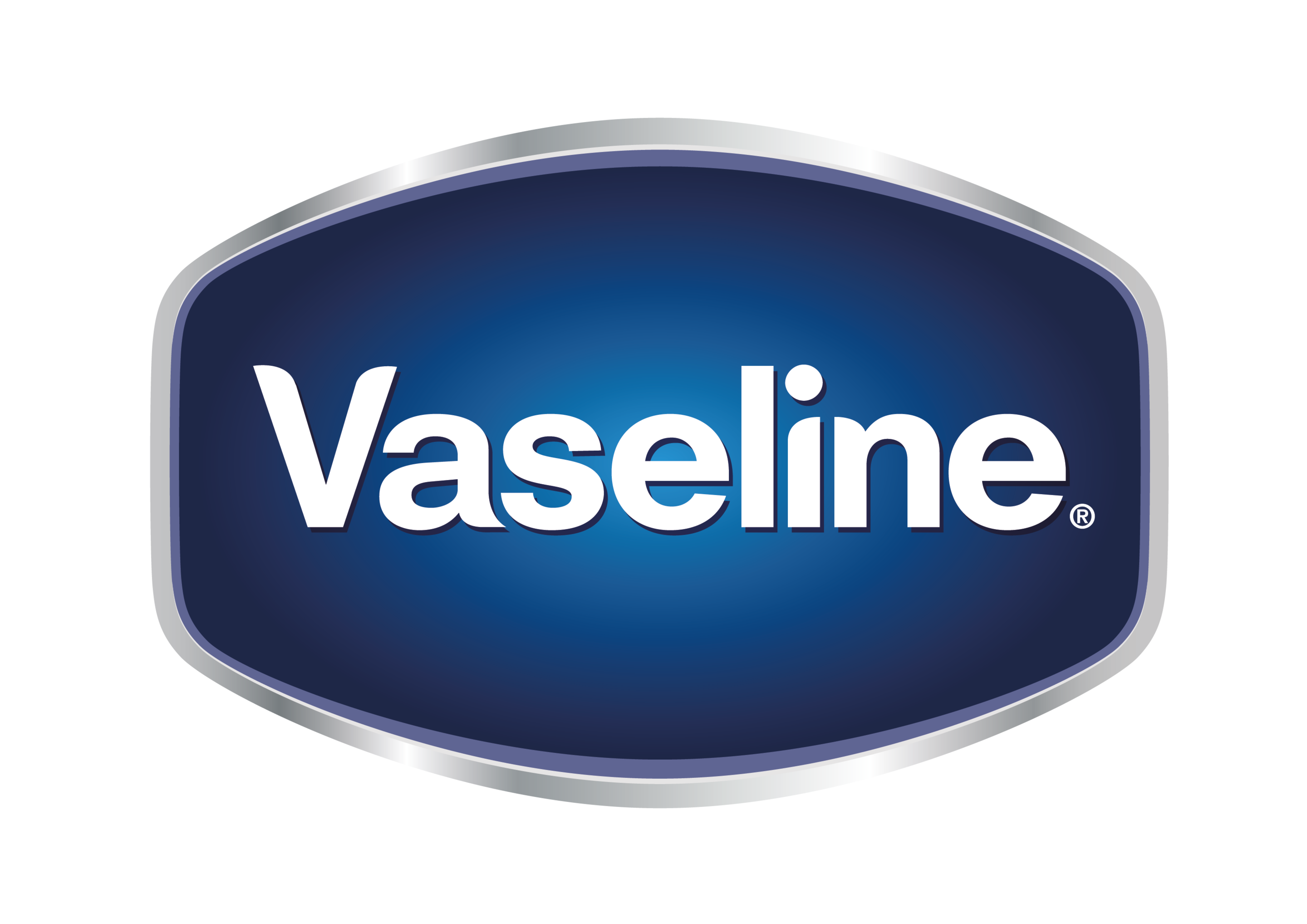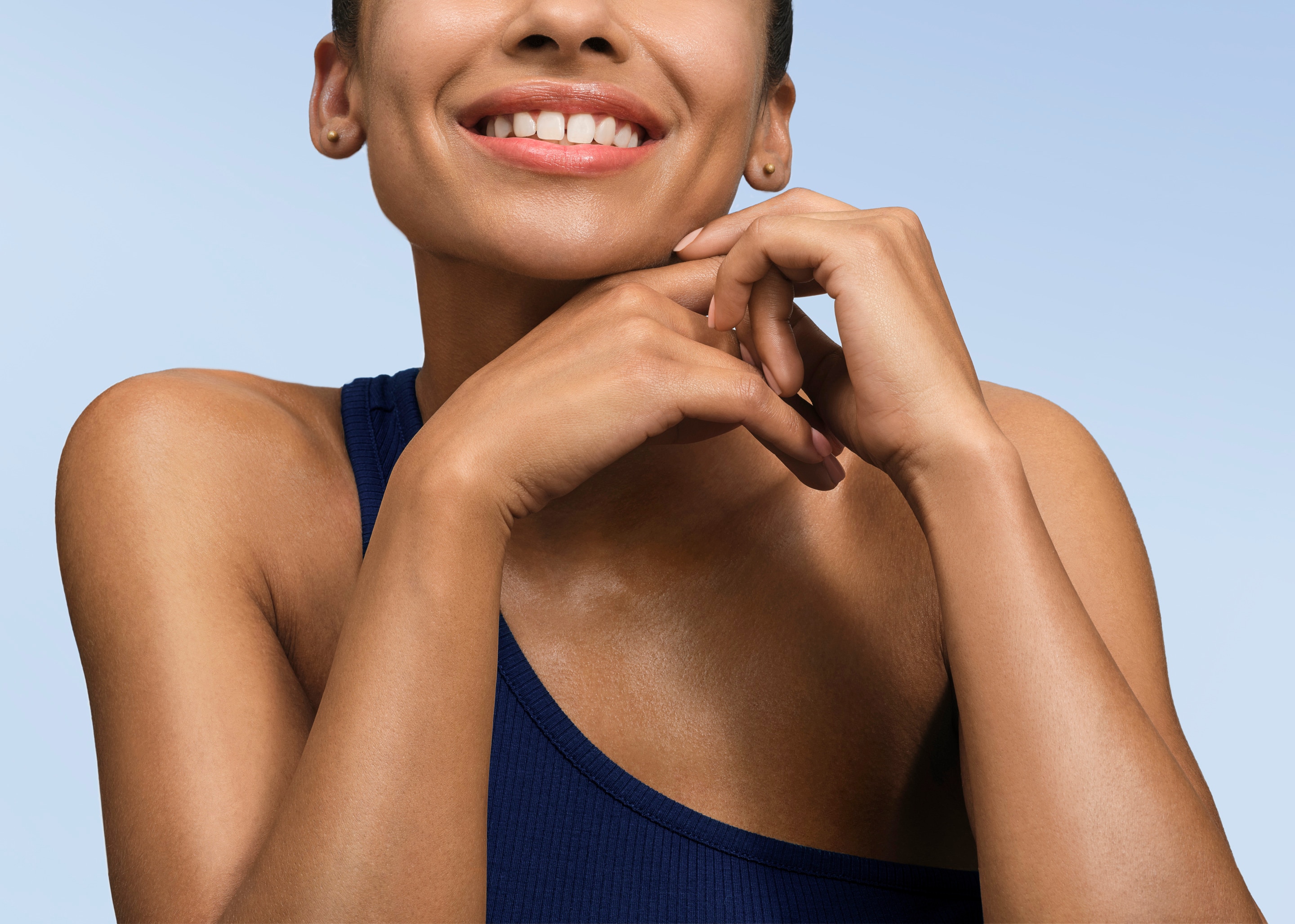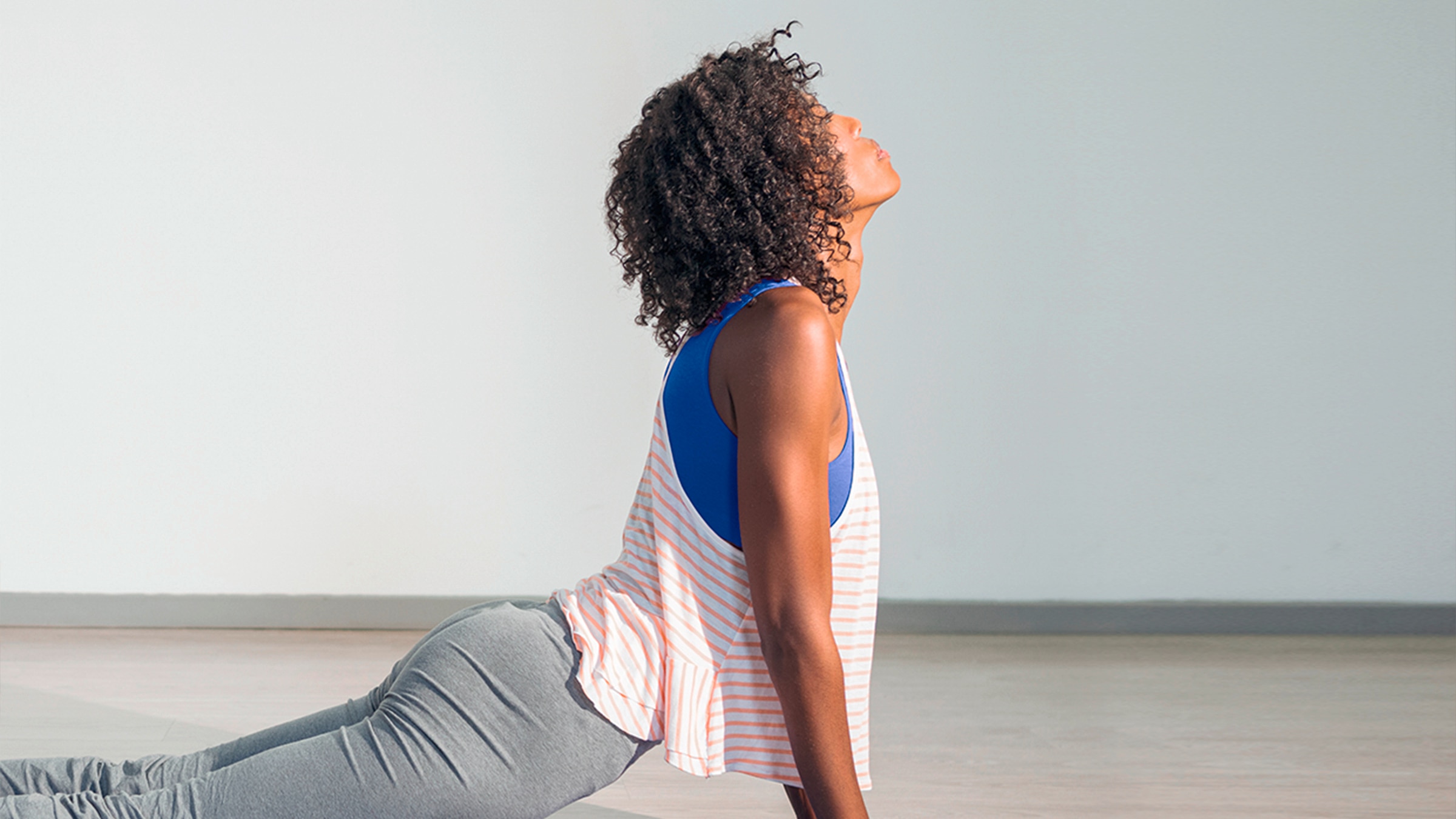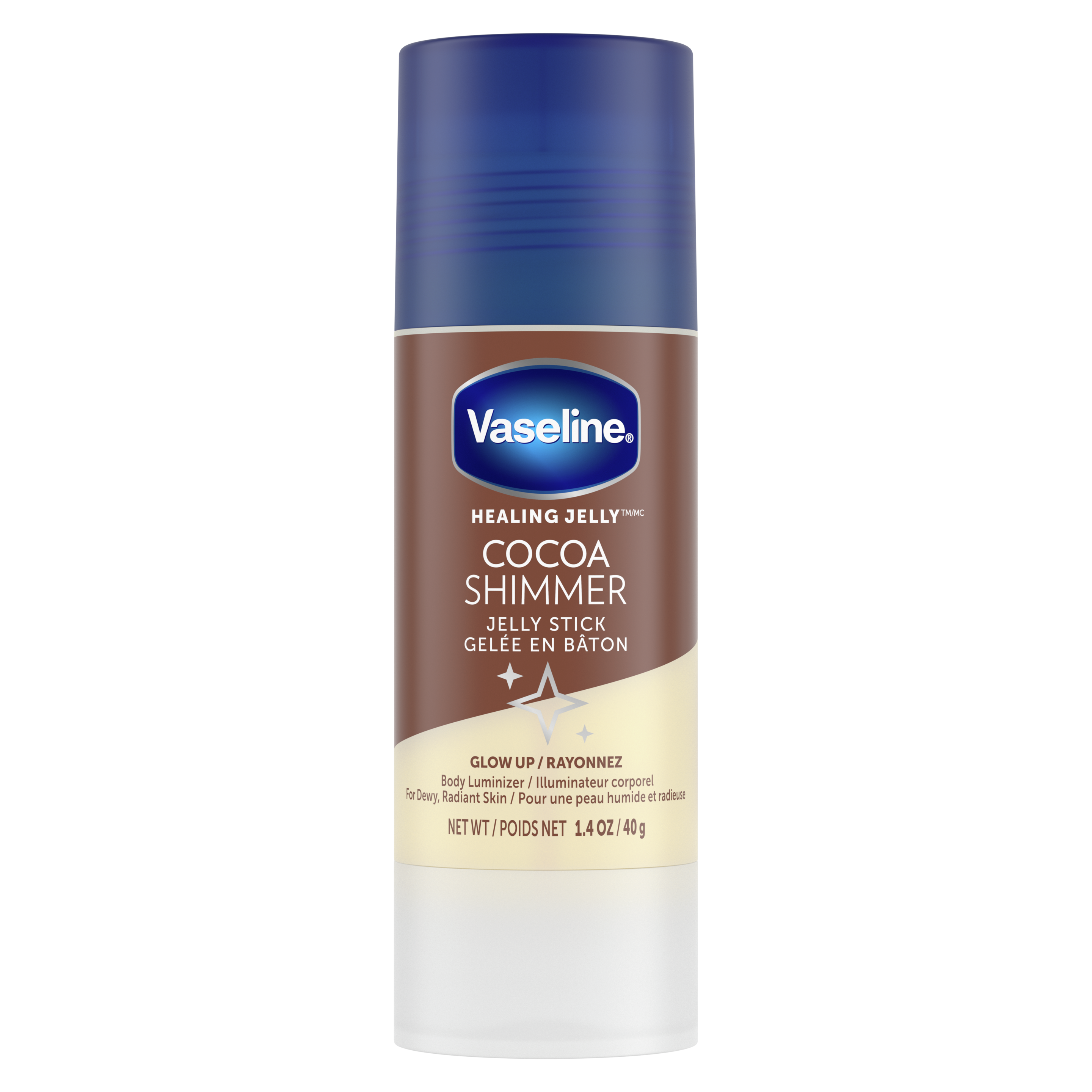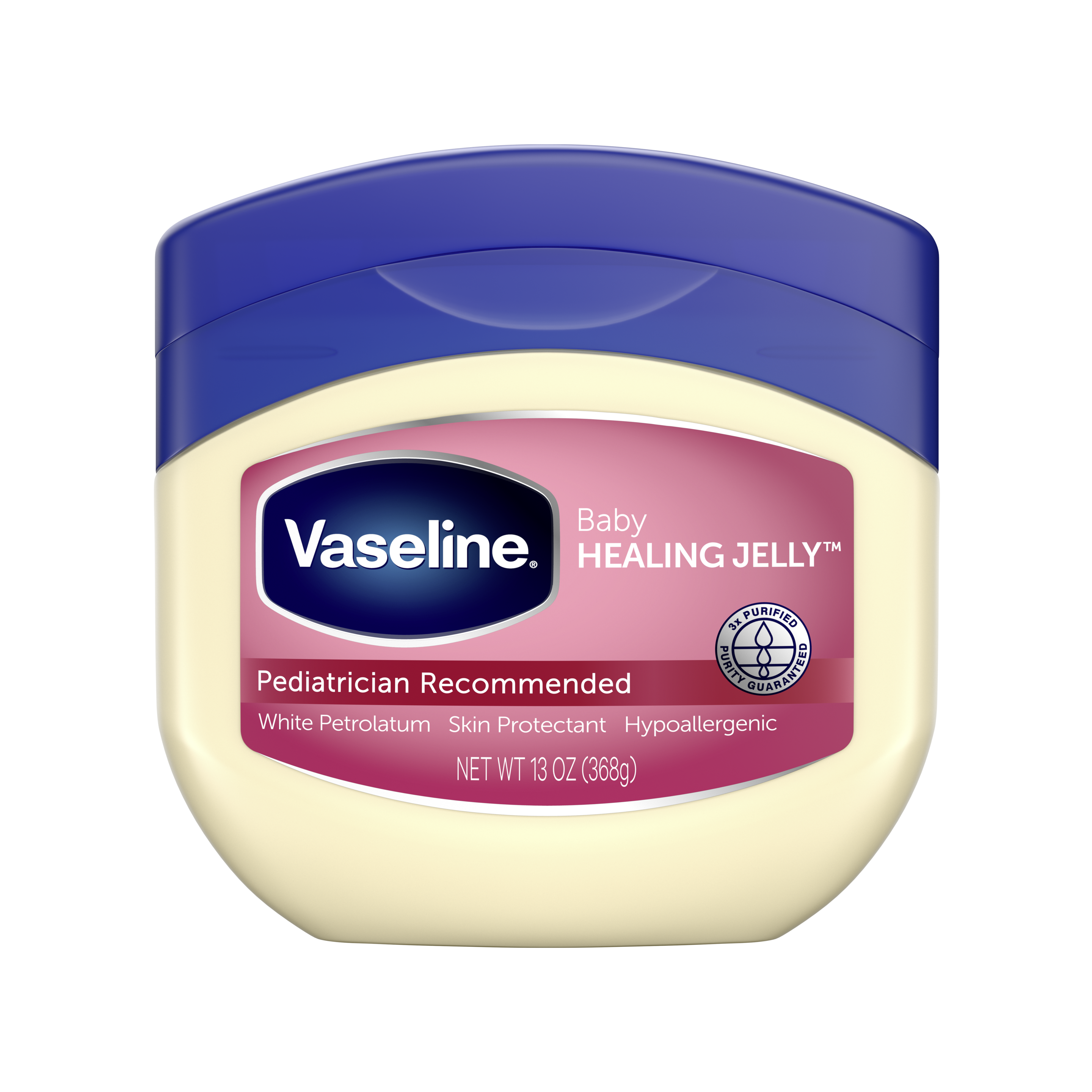Skip to content
Is slugging good for acne? If you suffer with spots, you may wonder whether this on-trend skincare method could work its magic on those pesky pimples. But what is slugging exactly, and does slugging help acne management? Here, we navigate the glossy realm of slugging and how it could have a positive part to play in acne management.
What Is Slugging?
Slugging is a skincare practice that involves applying a thick occlusive, typically a petroleum jelly like Vaseline® Healing Jelly Original, as the final step in your evening skincare routine for a deeply moisturizing effect. Although it has grown in popularity over the last few years and is often associated with Korean skincare, black women have been slugging for generations.
“Occlusives don’t actually moisturize your skin in the same way other lotions and creams do, though,” says Dr. Michelle Henry, MD, Board Certified Dermatologist. “Instead, they create a layer on the surface of your skin that keeps water and the skin’s natural oils (sebum) locked in. This prevents dryness due to water and oil evaporation (also called transepidermal water loss),” she adds. The effect of the thick layer of product on the skin resembles the slimy trail left by slugs — hence the name — to leave your skin with a dewy, supple glow.
Benefits of Slugging for Acne
But does slugging help with acne? If you can treat your acne with skincare, then slugging could help. By creating a barrier on the skin's surface, it not only helps prevent moisture loss but also shields your complexion from environmental stressors. Dryness can cause skin to produce more oil, which can further clog pores and cause breakouts. Plus, Vaseline® Healing Jelly Original is non-comedogenic, so it won’t block your pores.
The occlusive nature of slugging also ensures that the products applied prior, like serums and moisturizers, stay locked into the skin for maximum effect. This can be particularly beneficial for acne sufferers who use active ingredients, such as benzoyl peroxide or salicylic acid, as it can help to buffer their potentially drying effects.
Worried about slugging for acne-prone skin that is super sensitive? “If you have combination skin — meaning you deal with breakouts and dryness on different parts of your face — you can try slugging only on areas where you’re less likely to experience acne. This will prevent dirt and bacteria from accumulating on already-oily areas which can cause pimples, but will help decrease dryness where needed,” Dr. Michelle Henry adds.
So, if you're on the hunt for that coveted glass skin, slugging might just be the missing piece in your skincare puzzle.
Read next: A Customized Skin-Care Routine for Dry Skin
Best Practices for Slugging
Considering incorporating this technique into your routine? Here's a step-by-step guide to make the most of slugging for acne:
- Cleanse Thoroughly: Begin with a gentle cleanser to rid your skin of impurities and allow the subsequent products to penetrate effectively.
- Apply Acne-Specific Products: If you're using any acne treatments, such as serums or spot treatments, apply them before slugging.
- Layer on Moisturizer: Follow up with a moisturizer to hydrate your skin. Opt for one with nourishing ingredients like hyaluronic acid or ceramides.
- Seal the Deal with Slug Power: Apply a thin layer of Vaseline petroleum jelly to lock in all the goodness.
Products for Slugging
Wondering what products are best suited for your slugging routine? Firstly, it’s got to be an occlusive — a skincare product that stays on top of the skin to prevent moisture loss. Petroleum jelly, like our Vaseline® Original Healing Jelly, is one of the best choices for slugging. A classic for a reason, it’s budget-friendly, readily available, and super effective — preventing up to 98% of transepidermal water loss from the skin.
Other occlusives include:
- Lanolin
- Beeswax
- Olive oil
- Avocado oil
But remember - not all products are created equal, and what works for one person might not work for another. Always patch test new products, especially if you have sensitive or acne-prone skin.
Potential Concerns and Precautions
While slugging has its merits, it's wise to address some common concerns and take precautions:
- Pore-Clogging: The fear of clogged pores is valid, especially for those wondering whether slugging can cause acne. To mitigate this, ensure your skin is thoroughly cleansed before applying the occlusive layer.
- Choose Wisely: Opt for non-comedogenic products to minimize the risk of breakouts. Look for labels that explicitly mention being suitable for acne-prone skin. Vaseline® Original Healing Jelly is non-comedogenic so is a great option for slugging with acne.
- Sensitive Skin Caution: If you have sensitive skin, introduce slugging gradually into your routine to monitor how your skin reacts. Discontinue use if irritation occurs.
So, is slugging good for acne? If approached pragmatically, it can be. It's a simple yet effective technique that has found its place in the routines of many acne sufferers. Will slugging cause acne? No, but it could lead to a few pimples on those with sensitive or oily skin if not done correctly. Thorough cleansing and careful placement should help prevent this, however. Thinking of giving it a go? Embrace the slug life cautiously, and let your skin thank you later!
Read next: 8 Game-Changing Hacks You Didn’t Know You Could Do with Vaseline
FAQs About Slugging and Acne
What is the science behind slugging and its effects on acne?
Slugging creates a barrier on the skin that prevents water loss. By locking in moisture, slugging can support the skin's natural barrier function, promoting overall skin health.
Can slugging be used alongside other acne treatments?
Absolutely! Slugging can complement other acne treatments by preventing excessive dryness often associated with active ingredients and acne medication. However, it's crucial to introduce slugging gradually and monitor how your skin responds.
Are there any side effects or risks associated with slugging for acne?
While slugging is generally safe, individuals with sensitive or acne-prone skin should start slugging with caution. There's a slight risk of pore-clogging, so thorough cleansing is essential — and always remember to choose non-comedogenic products, patch-test new additions, and discontinue use if any irritation occurs.
These articles provide general tips and information about improving skin health. They have been written by health and beauty writers. They have not been written by health care professionals and, as such, don’t constitute medical advice. If you have a serious skin condition, please consult a medical professional.
Related Products
- slide 1
- slide 2
- slide 3
- slide 4
- slide 5
